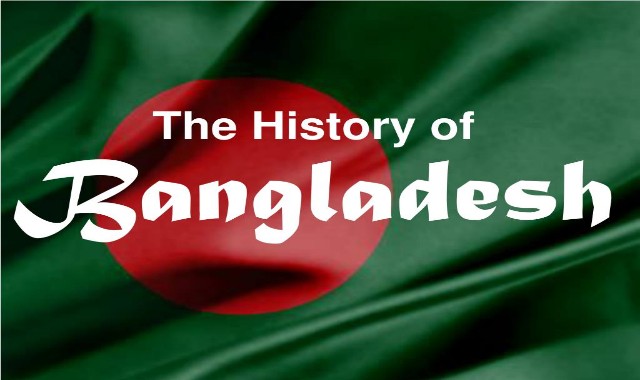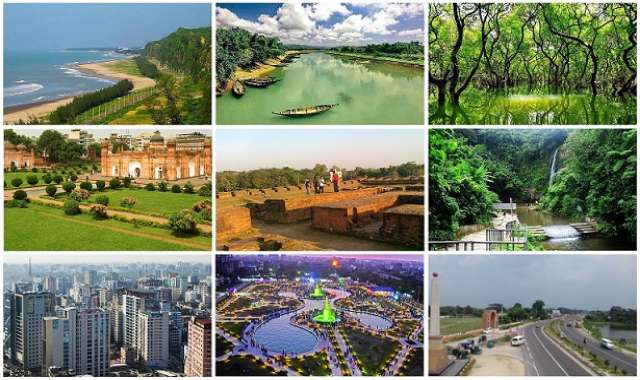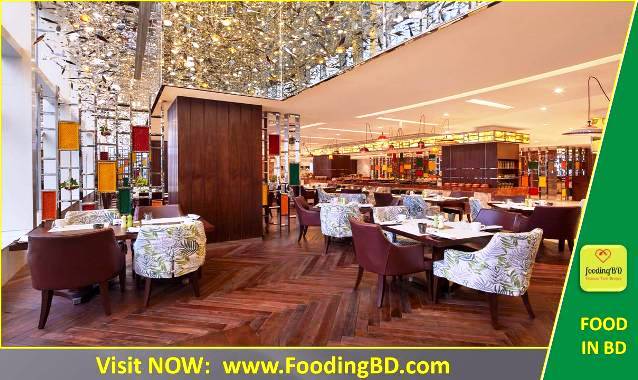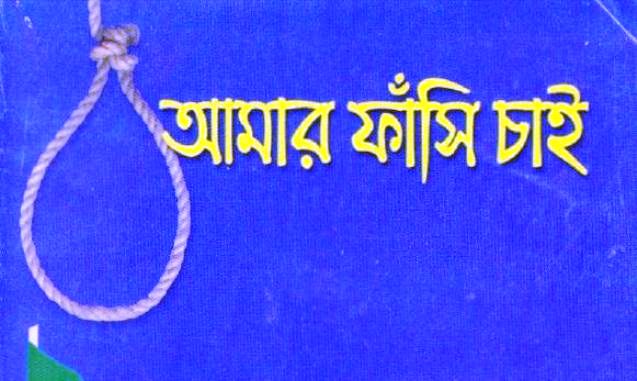History of Bangladesh – From Ancient Kingdoms to Now

Bangladesh’s history is a 3,000-year saga of mighty empires, colonial rule, and a hard-fought struggle for freedom. This land has been ruled by Buddhist dynasties, Mughal emperors, British colonizers, and finally emerged as an independent nation in 1971.
1. Ancient Bengal (300 BCE – 1200 CE)
From 300 BCE, Bengal was part of the Mauryan and Gupta Empires. Its golden age was under the Buddhist Pala Dynasty, a global center of learning and trade. The period ended with the Sena Dynasty, which enforced a rigid caste system before the arrival of Islamic rule.
2. Medieval Bengal (1200-1757 CE)
From 1204, Muslim rule began under the Delhi Sultanate. Bengal flourished as an independent Sultanate (1338-1576), renowned for its art and architecture like the Adina Mosque. After Mughal conquest (1576), it became an economic powerhouse; Dhaka thrived as a capital, leaving behind grand legacies like the Lalbagh Fort before British ascendancy in 1757.
3. British Colonial Era (1757-1947)
The British East India Company’s rule began after the 1757 Battle of Plassey. The controversial 1905 Partition of Bengal sparked major protests, leading to its 1911 reversal. A devastating, man-made famine in 1943 killed millions, fueling intense anti-colonial sentiment and the eventual push for independence from British rule.
4. Pakistan Period (1947-1971)
Following the 1947 Partition, East Pakistan was created. Right after independence, East Pakistanis began to feel marginalized. In March 1948, Pakistan’s founder Muhammad Ali Jinnah declared that Urdu alone would be the state language. For the Bengali-speaking majority, this was unacceptable. The denial of linguistic identity triggered widespread protests that eventually led to the historic Language Movement.
On 21 February 1952, students in Dhaka organized demonstrations demanding recognition of Bangla. Police opened fire, killing several young protesters including Salam, Rafiq, Barkat, and Jabbar. Their sacrifice became the turning point of the movement, and in 1956, Bangla was finally recognized as one of the state languages of Pakistan. Today, this day is commemorated worldwide as International Mother Language Day, highlighting the global importance of linguistic rights.
The 1952 Language Movement, where students died protesting for Bengali linguistic rights, sowed the seeds of nationalism. Sheikh Mujib’s 1966 Six-Point Movement demanding greater autonomy escalated tensions, leading directly to the struggle for an independent Bangladesh.
5. Liberation War (1971)
The Liberation War of 1971 was a defining, bloody chapter in the history of Bangladesh. It began on the night of March 25th, when the Pakistani military launched “Operation Searchlight,” a brutal crackdown aimed at crushing the Bengali nationalist movement. This escalated into a full-scale genocide, resulting in the deaths of an estimated three million people and the displacement of millions more.
In response, the people of East Pakistan formed the Muktibahini (Liberation Forces), a determined guerrilla army that waged a relentless war against the occupying military. Their struggle was powerfully supported by India, which provided training, shelter, and eventually direct military intervention under the leadership of Prime Minister Indira Gandhi.
The war culminated on December 16, 1971, with the surrender of over 93,000 Pakistani troops in Dhaka. This historic victory marked the end of a nine-month conflict and the triumphant birth of the independent, sovereign nation of Bangladesh, forged through immense sacrifice and unwavering courage.
6. Modern Bangladesh (1971-Present)
The journey of modern Bangladesh, since its hard-fought independence in 1971, has been one of remarkable resilience and transformation, albeit marked by significant political turmoil and daunting challenges.
The initial years were fraught with difficulty. The nation’s founding leader, Sheikh Mujibur Rahman, was assassinated in a brutal military coup in 1975, plunging the country into a prolonged period of political instability, further marred by subsequent coups and counter-coups. This era of military rule and political uncertainty lasted for well over a decade, severely testing the young democracy.
However, from the 1990s onward, Bangladesh began a notable turnaround. The restoration of parliamentary democracy provided a foundation for progress. The nation’s economy, once described as a “basket case,” started to show incredible dynamism. The ready-made garment (RMG) industry emerged as a global powerhouse, becoming the backbone of the economy by employing millions, predominantly women, and turning Bangladesh into the world’s second-largest apparel exporter. This was complemented by the “Digital Bangladesh” vision, a government-led initiative that spurred massive growth in ICT, mobile banking, and digital connectivity, bringing services to citizens’ fingertips and fostering a new tech-savvy generation.
Yet, the path forward is not without its profound obstacles. Bangladesh remains acutely vulnerable to the devastating impacts of climate change, with rising sea levels, river erosion, and extreme weather events threatening its densely populated coastal regions and agricultural heartlands. Furthermore, deep-seated political rivalry and polarization between major parties often lead to hartals (strikes), violence, and governance gridlock, hindering consistent development.
Thus, modern Bangladesh stands as a nation of contrasts: a story of impressive economic growth and digital ambition, continuously navigating the complex challenges of environmental vulnerability and political strife in its ongoing pursuit of stability and prosperity.
Finally:
Bangladesh’s history is a profound narrative of resilience, from ancient kingdoms and colonial subjugation to a hard-won liberation. Forged in the fiery crucible of the 1971 genocide, the nation has navigated immense post-independence challenges to achieve extraordinary economic and social progress. Today, it stands as a testament to the unyielding spirit of its people, balancing its remarkable growth as a development miracle with an ongoing struggle against climate vulnerability and political polarization. Its journey from a war-torn nation to a burgeoning economic force remains an inspiring saga of triumph over adversity.
Keywords:
Bangladesh history, Liberation War 1971, Mughal Bengal, British rule in Bangladesh, Sheikh Mujibur Rahman, Language Movement, ancient Bengal, Bangladesh independence, historical places in Bangladesh, Pala Empire, History of bangladesh pdf, History of Bangladesh from 1947 to 1971, History of bangladesh book, History of bangladesh wikipedia, History of bangladesh in english, History of bangladesh timeline, history of bangladesh (1947 to 1971 pdf), A history of Bangladesh PDF download, What is the basic history of Bangladesh, What is the old name Bangladesh, What are 5 facts about Bangladesh, Is Bangladesh originally from India,
Read More: Top 10 Tourist Places in Bangladesh || Read Islamic post visit www.IslamBangla.Com






